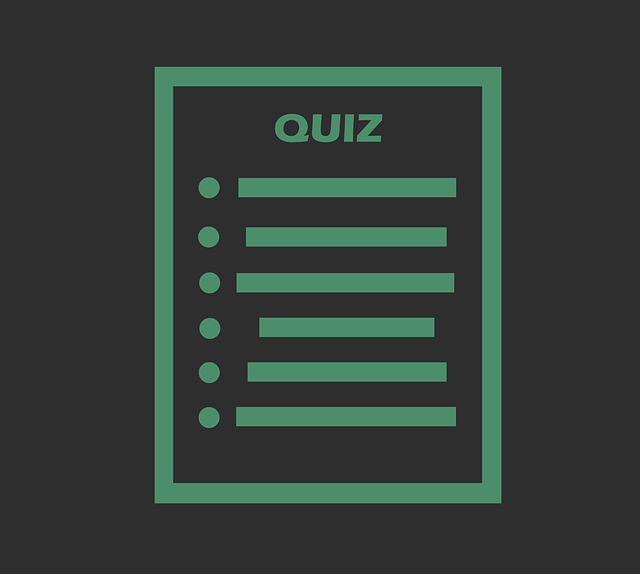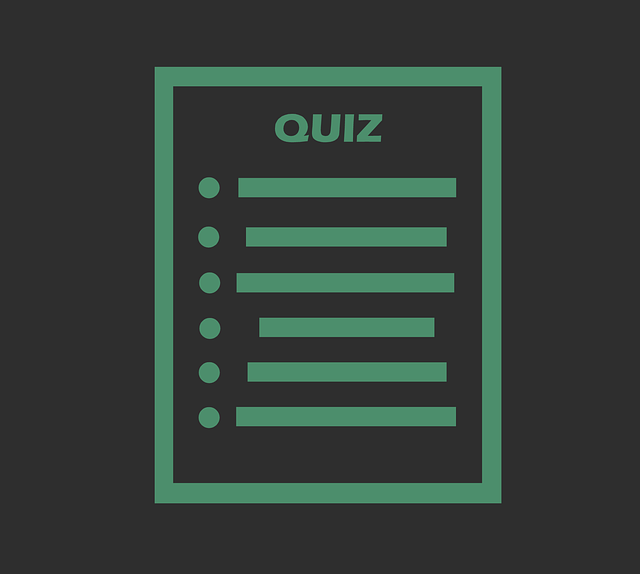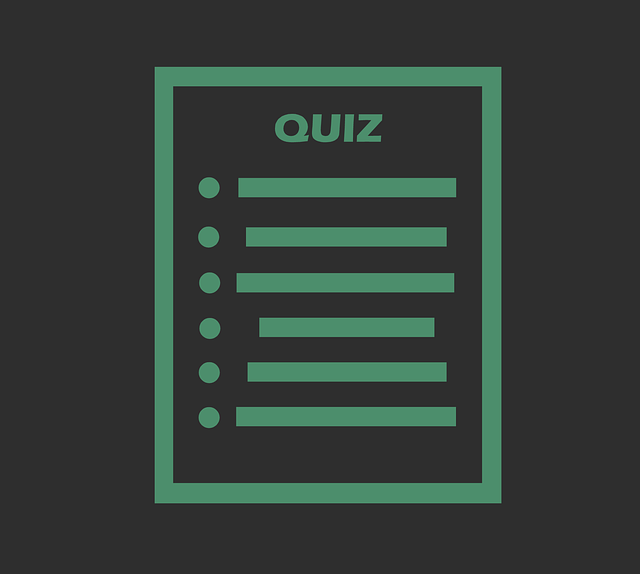In this blog you will find the correct answer of the Coursera quiz The Modern World Part Two Global History since 1910 week 7 mixsaver always try to brings best blogs and best coupon codes
Week- 7
Week Fourteen Quiz
1.
Question 1
According to the professor, the most ambitious arms-control treaty ever negotiated was _______________.
1 point
- the Treaty on Conventional Armed Forces in Europe (CFE)
- the Strategic Arms Reduction Treaty (START)
- the North Atlantic Treaty (NATO)
- the Belavezha Accords
- the Intermediate Nuclear Forces Treaty (INF) Treaty
2.
Question 2
According to the presentation, the institutions that had been established as part of the anti-communist confederation led by the United States ceased to have any real purpose and simply dissolved after the end of the Cold War and the breakdown of the Soviet Union.
1 point
- False
- True
3.
Question 3
According to the presentation, the collapse of the Soviet Union was characterized by which of the following? Choose all that apply.
1 point
- Economic upheaval
- Political upheaval
- Military intervention by the West
- Social upheaval
- Massive bloodshed
4.
Question 4
According to the presentation, the majority of violent conflict since 1990 has been internal conflict, such as civil wars, rather than interstate conflict.
1 point
- True
- False
5.
Question 5
According to the presentation, what are the two most influential ideological families in the world today? Choose two.
1 point
- Liberalism
- Communism
- Democratic socialism
- Social democracy
- National conservatism
6.
Question 6
According to the presentation, which of these is a political enabler of the developing “great convergence” of the 21st century? Choose all that apply.
1 point
- Tightly restricted movement of money
- The gold-dollar standard
- Safe seas
- The spread of democracy to countries like China
- Disappearance of conflict within nations
7.
Question 7
According to the presentation, the percentage of the global population living in urban areas by 2030 is estimated to be __________.
1 point
- 50%
- 60%
- 70%
- 80%
- 90%
8.
Question 8
According to the presentation, over the last 10 years the total GDP growth rates of Sub-Saharan Africa have consistently lagged behind world GDP growth rates.
1 point
- True
- False
9.
Question 9
According to the presentation, 19th century Muslim writer Jamal al-Din al-Afghani argued that:
1 point
- Islam and liberalism were diametrically opposing concepts and could not coexist.
- Islam and liberalism were compatible with one another.
- Pakistan should become a global center for leadership of the Islamic world.
- Islam and imperialism were compatible, if only Muslims would accept tutelage from the West.
10.
Question 10
According to the presentation: In traditional Islam, the “rule of law” is _____________.
1 point
- Non-existent
- Based in religious law
- Based on the caprice of individual rulers
- Based in the enactments of elected representatives
11.
Question 11
According to the presentation: Starting in the late 1970s, Iran and its developing Islamic revolution challenged which country for a leadership role in the global spread of Islam?
1 point
- Saudi Arabia
- Egypt
- Afghanistan
- Turkey
- Pakistan
12.
Question 12
Which country is NOT mentioned in the presentation as a perceived enemy of Islam in the 1980s and 1990s?
1 point
- Israel
- India
- Egypt
- Great Britain
- The United States
13.
Question 13
According to the presentation, which of the following was a consequence of the American invasion of Iraq in 2003?
1 point
- The American toppling of Saddam Hussein’s regime brought peace to the raging civil war in Iraq and allowed previously conflicting groups to come together for the purpose of building a free Iraq.
- The American toppling of Saddam Hussein’s regime created the conditions for a revolutionary Islamic dictatorship to rise up and take its place.
- The American toppling of Saddam Hussein’s regime triggered an Iraqi revolution and civil war, as longstanding tribal and religious tensions were unleashed by the removal of the authoritarian government and its replacement with an American military occupation.
- The American forces interrupted the Islamic revolution that had been raging in Iraq since the mid-1990s.
14.
Question 14
According to the presentation, which of the following is one of the major drawbacks of an economic order prioritizing the free movement of money?
1 point
- Increased danger of financial volatility
- Decreased exchange rate stability
- Increased inflation
- Decreased foreign investment
- All of the above
15.
Question 15
According to the presentation, sharply increasing current account imbalances in the 2000s created high demand for dollar assets, such as mortgage instruments, by countries with large dollar surpluses. This huge demand for dollar assets led both to accelerating asset price inflation and to the popularity of new kinds of dollar assets strongly linked to this inflation. Neither of these trends was checked by domestic or international regulatory institutions. When the asset bubbles popped and asset values plummeted, the effects were felt across the global financial system, thrusting the world into the “Great Recession.”
1 point
- True
- False
16.
Question 16
According to the presentation, which of the following is a reason that the “Great Recession” has not deepened into another Great Depression? Choose all that apply.
1 point
- Unlike in the 1930s, key countries have been more willing and able, politically, to cooperate to combat the current crisis.
- Thus far, the major countries have prudently maintained balanced budgets throughout the current crisis, providing stability and predictability to the global financial system.
- Countries like the United States have thus far been willing to nationalize some large debts in order to keep countries holding American assets, like China, from losing vast amounts of money on their weakened investments.
- Creditor nations, like China, have so far been willing to forgive large debts in order to keep debtor countries from having to nationalize debts and incur the negative effects of budget deficits.
- Key central banks have taken radical steps to loosen their monetary policies, keeping interest rates low.
17.
Question 17
During World War II, a permanent seat on the United Nations Security Council was set aside for China at the insistence of which country?
1 point
- The Soviet Union
- The United States
- Great Britain
- France
- Japan
18.
Question 18
Which of the following is identified in the presentation as characteristic of “modern” thinking? Choose all that apply.
1 point
- “Creative destruction”
- Emphasis on “equality” and “liberty”
- Emphasis on military force
- Ideological homogeneity
- Mastery of nature
19.
Question 19
According to the presentation, which of the following is a similarity between the present day and the period of “great acceleration” in the late 19th and early 20th centuries? Choose all that apply.
1 point
- Relatively stable demographic landscape
- Centrist dominated political landscape
- Major emphasis on “rights”
- Restricted flow of money across borders
- Transformation of education
20.
Question 20
According to the presentation, what is the foremost transitional region in the world today?
1 point
- Europe
- South America
- North America
- Asia
- Africa
Important Links:
- The Modern World Part Two : Global History since 1910 Coursera Week 1 Quiz
- The Modern World Part Two : Global History since 1910 Coursera Week 2 Quiz
- The Modern World Part Two : Global History since 1910 Coursera Week 3 Quiz
- The Modern World Part Two : Global History since 1910 Coursera Week 4 Quiz
- The Modern World Part Two : Global History since 1910 Coursera Week 5 Quiz
- The Modern World Part Two : Global History since 1910 Coursera Week 6 Quiz





